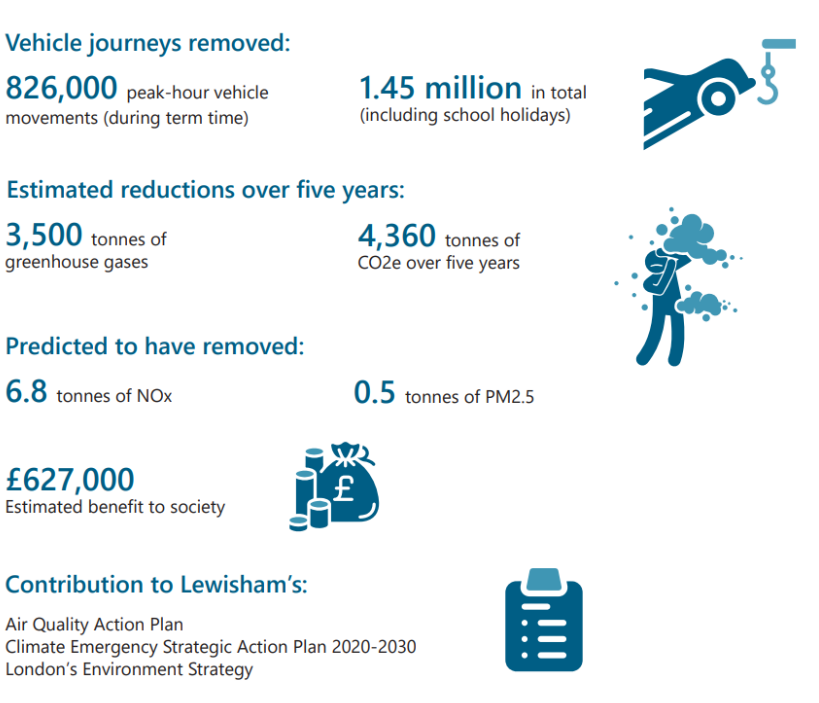The challenge
Lewisham Council introduced School Street schemes in response to community concerns regarding traffic congestions outside schools, which had strong community support. The schemes aimed to improve the area outside schools, including road and pedestrian safety.
A School Street is where there is a restriction on motorised traffic entering the school road during school drop off and pick up times through physical barriers or unattended CCTV technology. The schemes are vital in supporting local authorities in improving air quality, reducing traffic congestion and encouraging active travel, whilst contributing to improving children’s health.
The streets in Lewisham were enforced through ANPR cameras or by physical barriers managed by the school.
The solution
Throughout 2020 to 2021, Lewisham and Marston Holdings embarked on a project to introduce further schemes within the borough, by introducing 22 additional School Streets using either physical barriers with Traffic Orders to save the school employees valuable time or through ANPR camera technology.
Camera technology provides evidence of contraventions, making the School Streets easier to introduce as residents can access their properties throughout the restricted times. Through the Council’s parking enforcement contract with NSL, our parking
Specialists support the enforcement of the schemes through back-office services, including processing Penalty Charge Notices (PCNs), and managing their progression. The schemes were also positive contributions to the Council’s Air Quality Action Plan, emergency Strategic Action Plan 2020-2030 and London’s Environment Strategy.
The solution
We commissioned a report from air quality experts for an independent retrospective exploratory assessment, to determine whether air quality had improved across the borough.
Analysing the data gathered including traffic counts, showed that greenhouse gas emissions within Lewisham have reduced since school streets were implemented. installed. The data also showed that not only was there a direct reduction of vehicles during term time, but when restrictions weren’t in place (during school holidays), the number of vehicles entering the zone was still lower than previously, proving that the scheme had a direct behaviour change on the motorists throughout the year.


